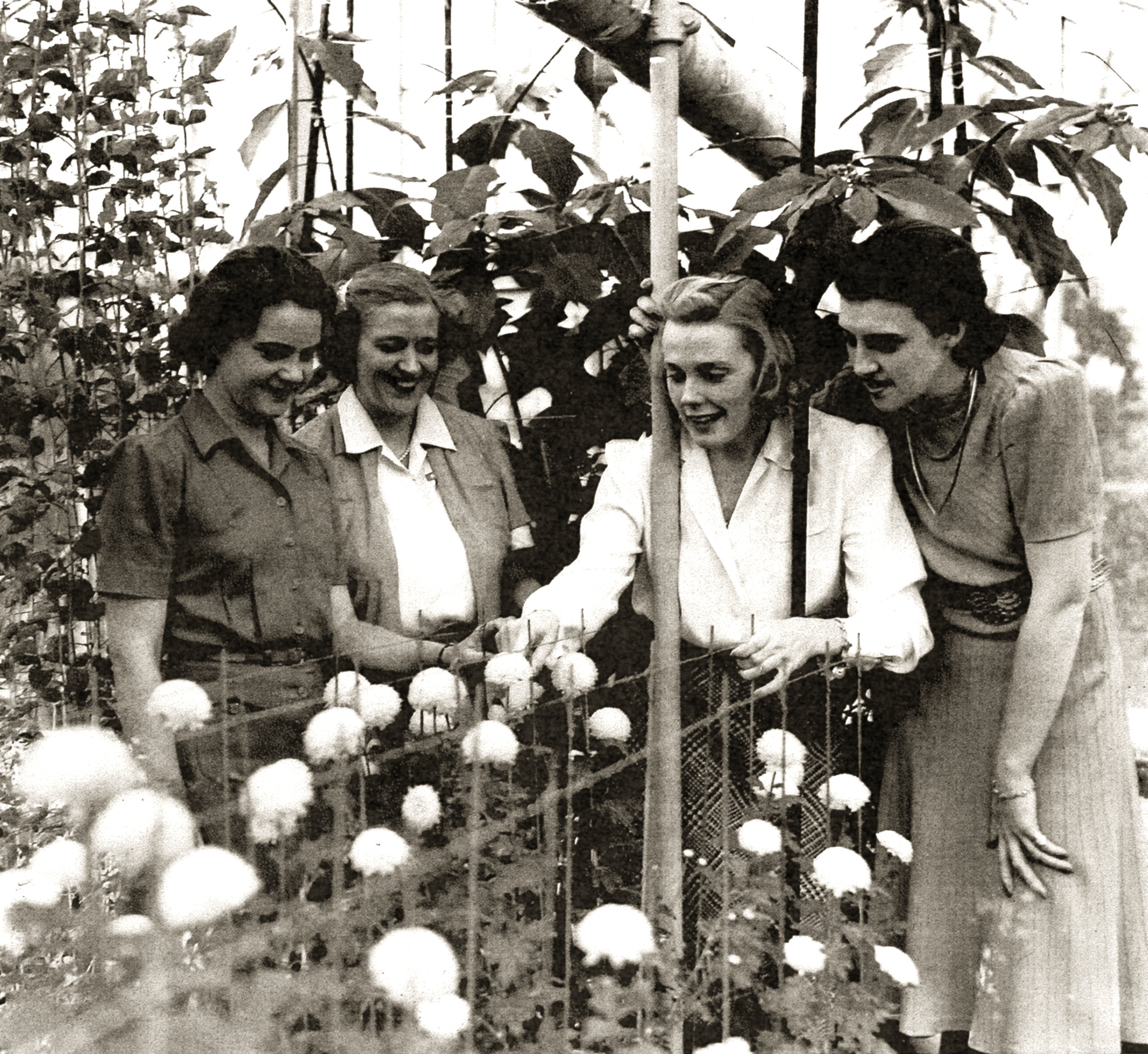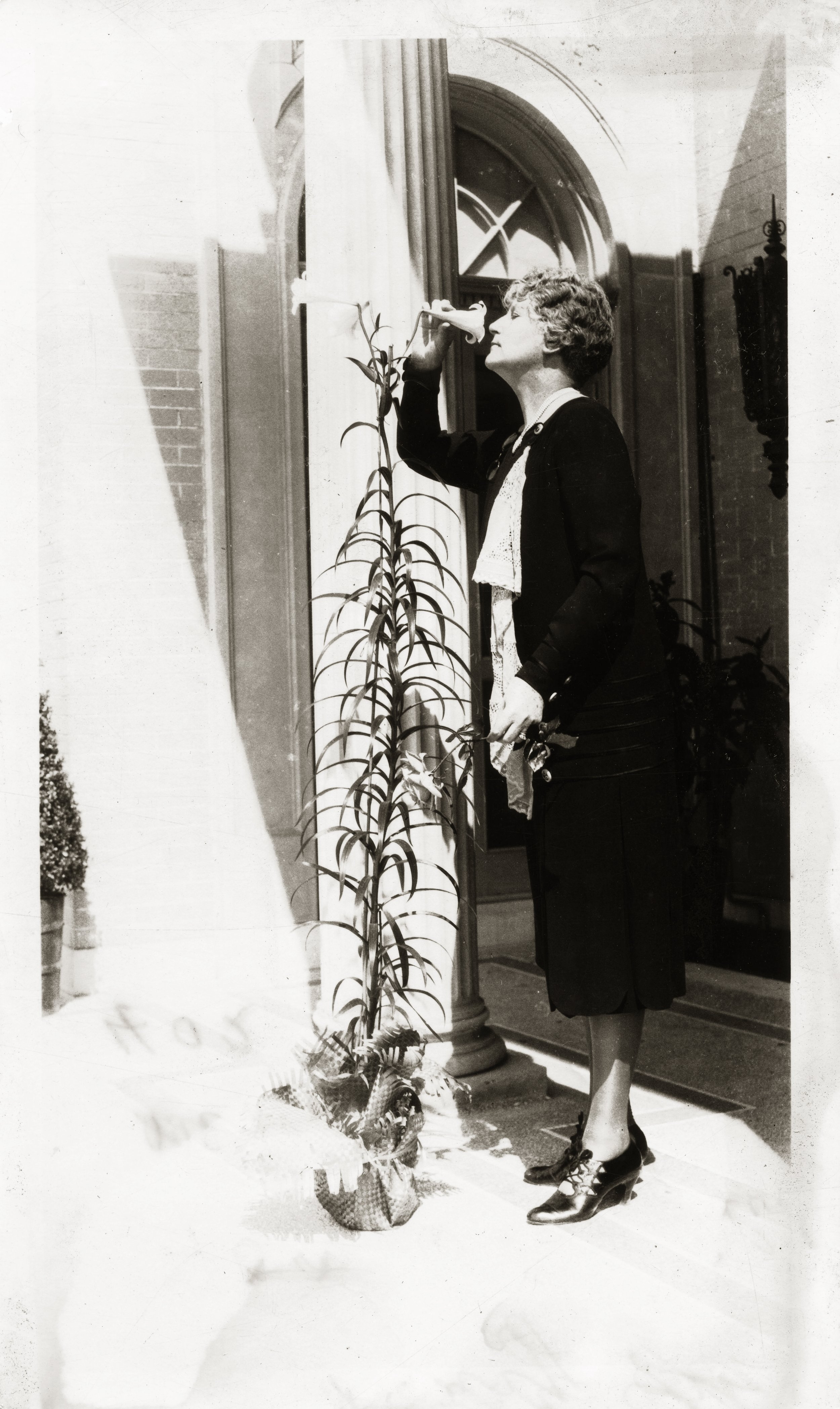The Conservatory is open!
After nearly 100 years, the glass display greenhouse we affectionately call "Lina Jane", after Mrs. Hull, received a much-needed restoration including removing wood rot, repairing the Sunken Garden steps, correcting the Sunken Garden drainage, and restoring the interior and exterior fountains. Additionally, Tulsa Parks Department had the deteriorating shade cloth replaced atop the structure and completed other extensive repairs. This privately-funded project was managed by the Tulsa Garden Center, and was made possible by the Hardesty Family Foundation, Marcy & Bernard Robinowitz, and Let’s Talk Gardening. This project was completed just in time to celebrate The Conservatory’s 100th Birthday in 2024!
Conservatory Fall Greenhouse Hours:
Monday-Friday, 7:30am-2:30pm
Saturday-Sunday, 8:30am-3:30pm.
A special Thank You to the Tulsa Orchid Society, the Tulsa Cacti and Succulent Society, and the Tulsa Houseplant Club who helped with a complete inventory and assessment of the Conservatory’s collection, and even fostered many of the specimens during the restoration.
The Conservatory at Woodward Park
Adding to their already large estate, Lina Jane and J. Arthur Hull commissioned the glass conservatory to be built in 1924. Designed by R.N. Black for the Lord & Burnham Company, the conservatory was used by Mrs. Hull to grow many beautiful flowers including her favorite, lilies, and she could often be found tending to her collection.
The Lord & Burnham line of greenhouses has been continually manufactured since 1849. Frederick A. Lord and his son-in-law, William A. Burnham formed a partnership and incorporated in 1883 as Lord’s Horticulture manufacturing company. In 1890 the name was changed to Lord & Burnham.
Early greenhouses were made of cypress wood and iron or steel. Experimentation with aluminum as a material for greenhouse construction was started as early as 1932 when the U.S. Botanical Gardens in Washington, D.C. were built. However, it was not until 1955 that greenhouses with exterior members of aluminum had reached a point where they were competitive with wood construction.
James Arthur Hull and his wife Lina Jane purchased the Travis estate in 1923. Hull had entered the oil business in his home state of Pennsylvania, and gradually moved west as oil fields were developed in Ohio, Indiana, Illinois, and Kansas; in 1904 the Hulls moved to Independence, Kansas, before settling in Tulsa in 1908. In addition to his oil interests, Hull was one of the original directors of the Exchange National Bank, later the National Bank of Tulsa.





